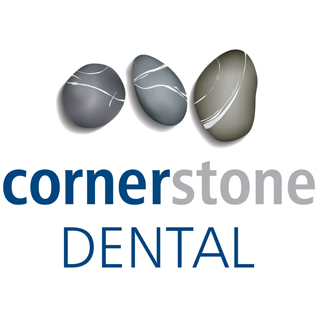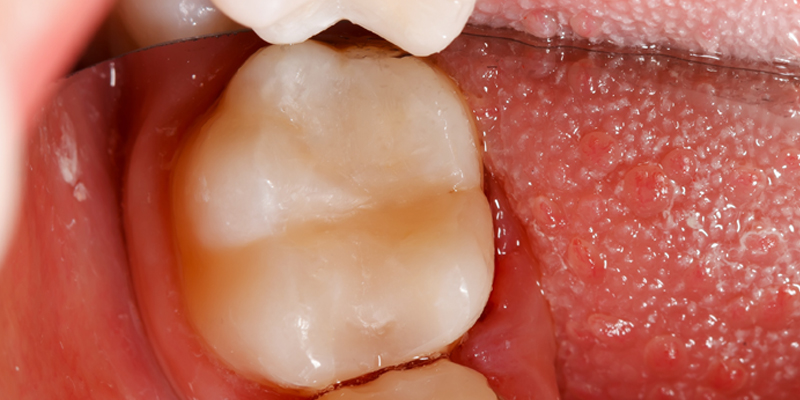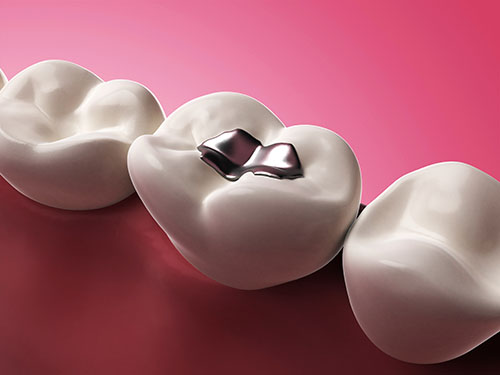Glass Ionomer Cement
First available in the early 1970s, glass ionomer cements are a highly versatile type of filling. They may be used as a cement for gluing in crowns, as a base under other filling types or an aesthetic restoration in itself. GICs have moderately-good aesthetics, maintain tooth structure and assist in the process of remineralisation.
Like our saliva, GICs contain mineral ions that can be exchanged in and out of the tooth structure. Minerals from GICs diffuse into the tooth structure and form a chemical bond to dentine and enamel. In this way, they are one of the few biologically active fillings. Fluoride and other tooth-strengthening mineral ions inactivate bacteria and soothe the pulp of the tooth in deep fillings. The exchange of ions also allows tooth, previously softened by decay, to re-harden. In contrast, an inert filling like composite or amalgam does nothing to change the tooth structure under the filling and requires all soften tooth, as well as decay to be cut out. GIC acts like a reservoir or sponge; minerals that are leached out can later be recharged by brushing with fluoride toothpaste. Plaque bacteria are unable to grow well on the surface of GICs. GICs are compatible with gum tissue (due to the lack of plaque) so can be placed close to gumlines. One disadvantage of GICs is that they are relatively soft, and can wear down or dissolve over many years. They are also brittle and may fracture if placed on a corner. Due to this, we at Cornerstone dental use GICs on small fillings not under biting stresses, under most composite fillings as a sandwich fillings and on sides of teeth. They may also function as temporary fillings.
Glass ionomer is a water-based cement. It is formed from the reaction of an acid (polyalkenoic acid) with a powdered glass base (including fluoride, calcium or strontium aluminosilicate). When the dentist is ready to use this material, the tooth is first conditioned, and an assistant will mix a capsule containing the filling’s components into a tooth-coloured putty.
‘Fuji VII’, ‘Riva Protect’
This is a high fluoride releasing filling material that allows enhanced remineralisation of surrounding tooth structure. It is more of a solid white colour, so it useful as a base under deep fillings, fissure sealants, and temporary fillings to stabilize decay when many teeth are involved. It may also prevent plaque from growing around the filling itself. A pink-coloured form of this filling has added pigments that makes it heat up and set faster under blue light.
Glass ionomer is one of the best materials for a tooth with minor first-time decay on the biting surfaces.























